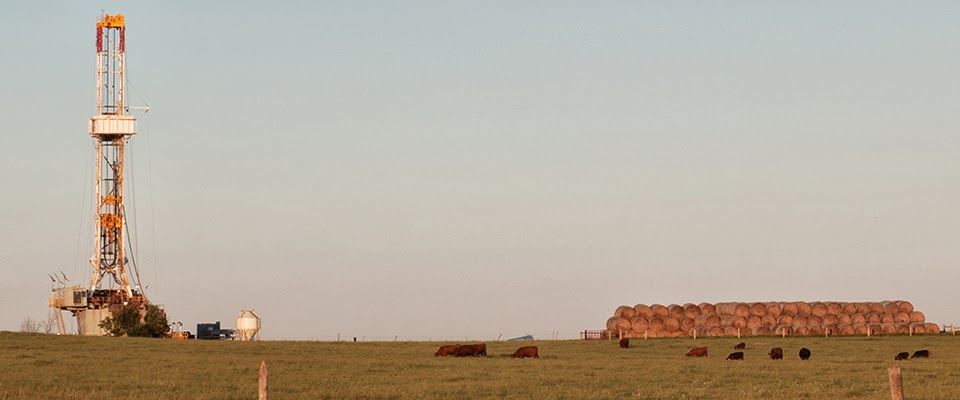
Recently I sat down with Tom Lilja, executive director, North Dakota Corn Growers Association, to chew the fat on a variety of corn-themed energy and agriculture topics.
The first topic of discussion was distribution. The part of a business model 99% of business folk overlook. How to get your product to the market. Product movement of any business is vital, even in writing. This column has the opportunity to reach thousands of information consumers thanks to the logistical distribution system The Bismarck Tribune has set up. Without that system, this column is stuck in a Word document on my computer or perhaps online amongst trillions of blogs fighting for the consumer’s attention.
This is similar in the corn market. Farmer’s have all this corn harvested while facing backlogs with the rail system. Lilja said the communication with the railroads, delegation and industry is ongoing, now, it just needs to come to fruition.
“We were able to get a Surface Transportation Board hearing in Fargo in early September and was very pleased with everyone who participated. Good communication among industries,” Lilja said. “One of the things that came out of that was, as the ag industry has always stated, we have to disclose our grain shipments. Let’s have the oil companies disclose their shipments. That way we can see what is using the public rail transportation system. Because it is a public system and it is there to be shared by all.”
Lilja reiterated that overall there is progress being made and the communication is there, however, he doesn’t believe the resolution is at a rate or pace that most would like.
Transitioning to another cross over between ag, energy and transportation – ethanol. Lilja believes the energy source has come a long way and still has a ways to go educating the consumer.
“I think a lot of people just don’t realize the octane value of ethanol. There are really two things that come into play here,” Lilja said. “Number one, yes, there is the renewable fuel standard. But number two is there is also the Clean Air Act.”
Lilja said the auto companies need more certainty in the marketplace before the next major step in ethanol advancements can be executed.
“The auto companies need some certainty here because in the future they have to move to higher fuel requirements under CAFE Standards (Corporate Average Fuel Economy),” Lilja said. “There’s a 35-mile-per-gallon standard for 2017 for fleets. By year 2025 there’s a 48.7-mile-per-gallon fuel economy standard with CAFE Standards.”
He then leaned back in his chair and took a deep breath, almost as if he was trying not to stuff 20 minutes of answers into a five minute response.
“Now. Eleven more miles-per-gallon might not sounds like much, but, what are we already seeing,” Lilja said. “We are already seeing 2015 trucks that are aluminum, there are trying to save weight on them. Then there is the Clean Air Act part of this and ethanol does play into this.”
Lilja cited comments from a feasibility study the National Corn Growers Association performed when looking at the renewable fuel standard.
“The ethanol equivalent was the equivalent of taking 39 million cars off the road just from an emissions standpoint,” Lilja said. “E-10, in the fuel supply, uses about 200 million less metric tons of CO2. So the Clean Air aspect of the ethanol and the octane enhancement make it a viable fuel.”
When asked if the consumer will increase the usage of ethanol on their own, or rather, new technologies will enter the marketplace with enviro-tech efficiencies.
“Right now we have the Flex Fuel technology. It’s about a 150 bucks a vehicle. So it is not market disruptive. It’s less than the sales tax that anybody pays on their purchase of a vehicle. So you’ve had that technology available since about 2004 or 2005, right in there,” Lilja said. “That has spurred some consumer demand as E-85 is available and as you get these wider price spreads then consumers, well, you know if you get a 70-80 cent price spread. Then the consumer may say, hey I’m going to flip over to E-85 because the market is telling me to do so.”
Seeing how the current coexistence of biomass and fossil fuels are creating emission efficiencies, Lilja maps out where the world of ethanol, corn and transportation are heading in the future.
“The other big point of this is when you pull up to a gas pump, what are the three numbers you see? You see 87, 89 and 91. Those are your octane rating,” Lilja said. “Everybody always says the higher octane is always the best. And they are right. When you add E-10 to motor fuel, you are increasing the octane level by two. So if you add E-10 to 87 grade octane gasoline, you get 89 grade. And what they are looking at right now is a 93 grade octane that would cut emission by roughly 7-10 percent. But you do need to have an engine that is designed specifically for that.”
Other innovations happening in the energy maize are new lawn mowers by John Deere using state-of-the-art ethanol technologies and adding ethanol to diesel to reduce emissions, according to Lilja.
“The National Corn Growers funded a study to look at E-10 going into diesel engines to look at the emission savings there. Again these are in the testing phases, but interestingly enough the one industry that was looking at it was the railroad because the railroad sucks a lot of diesel fuel. So if the railroad can use an E-10 mixture with diesel and save on emissions, it would be beneficial. But again, you would have to increase the technologies and have a little different engine design.”



Leave a Reply